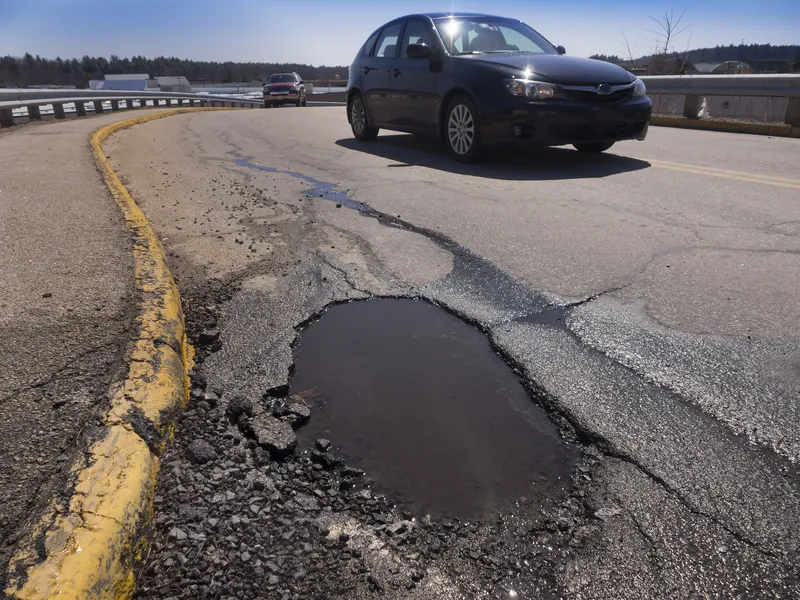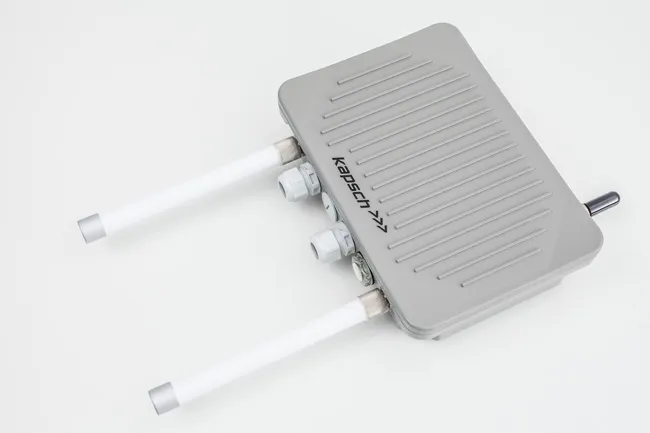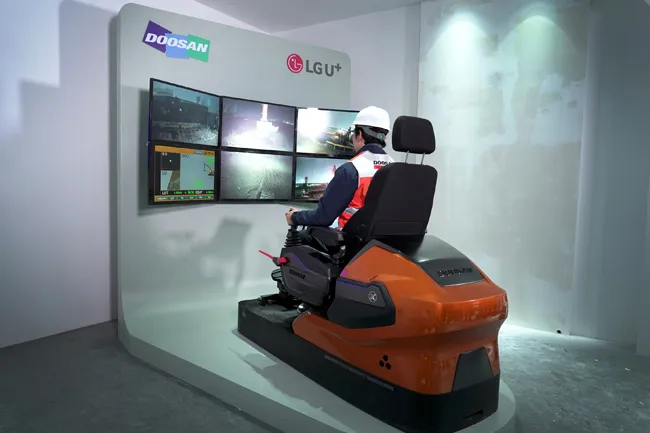The Actia Group, an international provider of value-added electronic equipment for the automotive market, has selected Sierra Wireless AirPrime AR Series modules to provide high-performance connectivity for its latest in-vehicle technology platform. The new platform, called the ACU-II (Actia Connect Unit second generation), uses the AirPrime module to allow drivers to connect and manage various functions of vehicles through a smartphone application, giving them the ability to, for example, lock or unlock th
May 14, 2012
Read time: 2 mins
RSSThe 5526 Actia Group, an international provider of value-added electronic equipment for the automotive market, has selected 5527 Sierra Wireless AirPrime AR Series modules to provide high-performance connectivity for its latest in-vehicle technology platform.
The new platform, called the ACU-II (Actia Connect Unit second generation), uses the AirPrime module to allow drivers to connect and manage various functions of vehicles through a smartphone application, giving them the ability to, for example, lock or unlock their doors or turn on the heater. It also provides compliance with European and Russian eCall requirements and enables stolen vehicle tracking functionality to meet regulations in other areas such as Brazil.
As part of their collaboration, Sierra Wireless and Actia are supporting the HeERO pilot project, currently underway in Sweden. Managed by4141 Ertico ITS Europe, the pilot was created to prepare the European member states for introduction of eCall (Emergency Call) by implementing and testing eCall pre-deployment pilots in real-life environments in nine countries.
The purpose of eCall is to reduce injuries and fatalities in the event of car accidents, through the automatic dialling and transmission of incident information to emergency services. The eCall system is designed to be interoperable across Europe, to guarantee service regardless of location.
The new platform, called the ACU-II (Actia Connect Unit second generation), uses the AirPrime module to allow drivers to connect and manage various functions of vehicles through a smartphone application, giving them the ability to, for example, lock or unlock their doors or turn on the heater. It also provides compliance with European and Russian eCall requirements and enables stolen vehicle tracking functionality to meet regulations in other areas such as Brazil.
As part of their collaboration, Sierra Wireless and Actia are supporting the HeERO pilot project, currently underway in Sweden. Managed by
The purpose of eCall is to reduce injuries and fatalities in the event of car accidents, through the automatic dialling and transmission of incident information to emergency services. The eCall system is designed to be interoperable across Europe, to guarantee service regardless of location.









